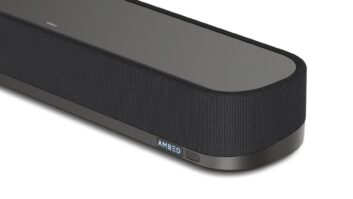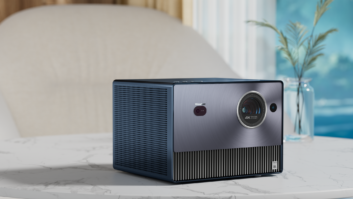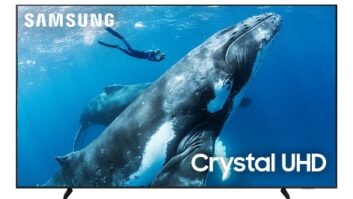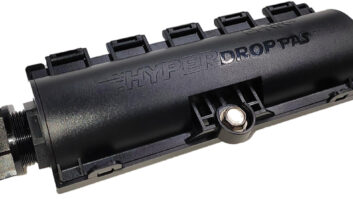Using a Broadband Internet Backbone to Enhance Cell Coverage

Gordon van Zuiden ([email protected]) is president of cyberManor in Los Gatos, California.
As a custom integrator of digital solutions in homes, we are always looking for ways to leverage our clients’ broadband connection.
The latest broadband service that has captured my interest is the “mini” cell tower, which has been designed to improve cellular phone signals in the home. This is especially useful for clients who live in mountainous areas with poor or no cell phone service. Instead of using amplifiers that just repeat a strong outdoor cellular signal to the interior of the home (e.g the Wi-ex zBoost product line), these mini cell towers convert a phone’s cell signal to a packetized IP stream that travels across the broadband internet connection to the home.
Of course, clients that have phones with data connectivity could leverage the wireless access points in their homes with services like Skype to place outbound calls, but the drawback with this approach is that it requires them to maintain two cell phone numbers–the one assigned by the phone carrier and the other assigned by the Skype service. In addition, Skype fees would apply to these calls.
Let’s review two of these solutions a little more closely:
ATT Microcell
The $150 AT&T 3G MicroCell device acts like a mini cell tower in the home and connects AT&T phone clients to their existing broadband internet service. The client receives improved cell signal performance for both voice calls and cellular data applications like picture messaging and web surfing. In addition, the client may grant access to other AT&T 3G phone customers, for up to 10 lines. The service requires DSL/cable/fiber broadband service of at least 1.5 Mbps downstream/256 kbps upstream, and the signal range is approximately 40 feet from the base station (in all directions), or about 5,000 square feet.
There are no required additional monthly fees associated with the AT&T 3G MicroCell. The client just uses the wireless minutes and data from their existing plan. Installation near a window is strongly recommended to ensure access to a GPS signal (a GPS link is needed to verify the device location during initial startup.)
Verizon Femtocell
The $250 Verizon Femtocell is a mini cell tower that can be used in homes that have poor Verizon wireless signal or no Verizon wireless signal. The Verizon Femtocell requires the customer to have a broadband internet connection, such as DSL, cable, or FIOS, with a minimum speed of 1 Mbps download.
Calls, whether incoming or outgoing, must originate within 15 feet of the Verizon Femtocell device. After that, one can roam to as much as 40 feet from the Verizon Femtocell without losing a connection to the Femtocell. A call that is already in progress using a cellular tower cannot use the Femtocell. However, calls that originate on the Femtocell can seamlessly move to a nearby compatible cellular tower if you move too far away from the Femtocell.
There is no subscription fee to use the Verizon Femtocell. However, normal rates and policies for the cellular device (in accordance with the chosen rate plan) still apply. For example, calls that go out or come in using the Femtocell will still deduct minutes from a plan. The latest Verizon Femtocells allow up to eight concurrent cellular devices/connections, whereas earlier Femtocells allowed only four. Like the AT Minicell, the Verizon Femtocell also must be placed near a window so that the device can acquire GPS information.
Keeping the Lines Open
I have found that these mini cell towers are not only useful for our clients’ daily use but for our technicians as well. Often, we are configuring and programming an AV rack in the basement of a home, which typically offers the poorest cell reception in the home. Having one of these mini cell phone towers in these homes has been very beneficial to keeping the lines of communication open between our onsite technician and their phone technical support needs.
The more ubiquitous and faster the broadband internet pipe is to our client’s home the more services the custom integrator can offer their clients. In a time when getting more clients has become increasingly challenging, it’s rewarding to know that there are more products and services–like mini cell towers–that we can offer our existing clients that enhance the broadband enabled infrastructure that we have already provided in their homes.







